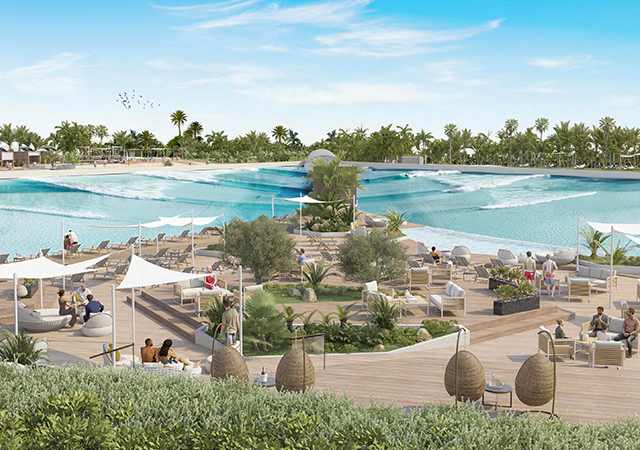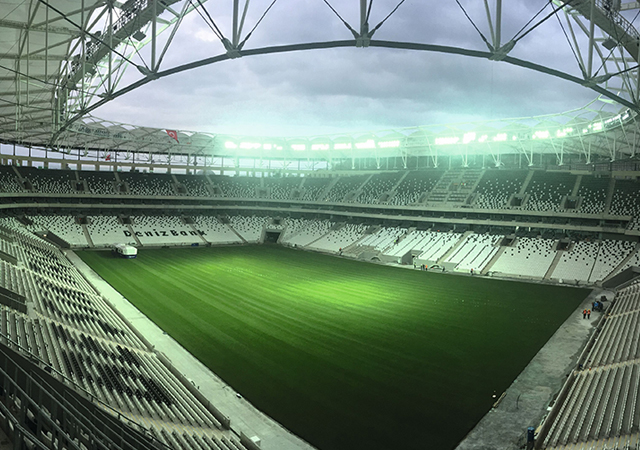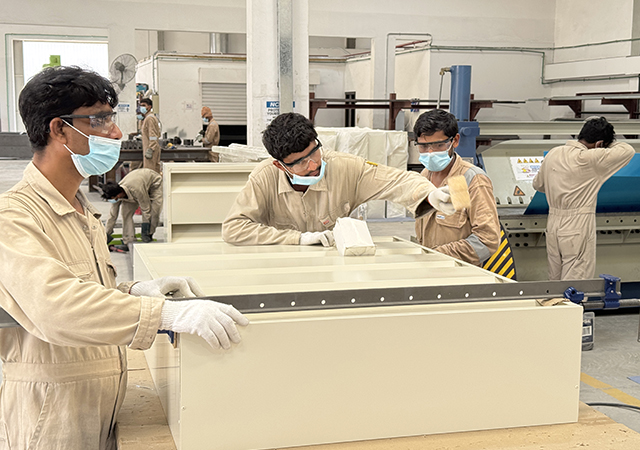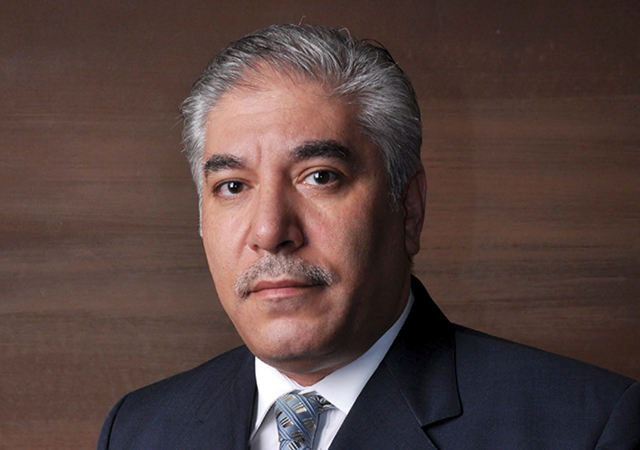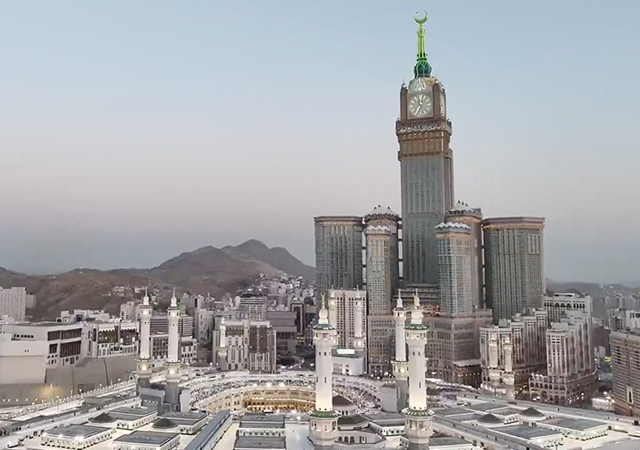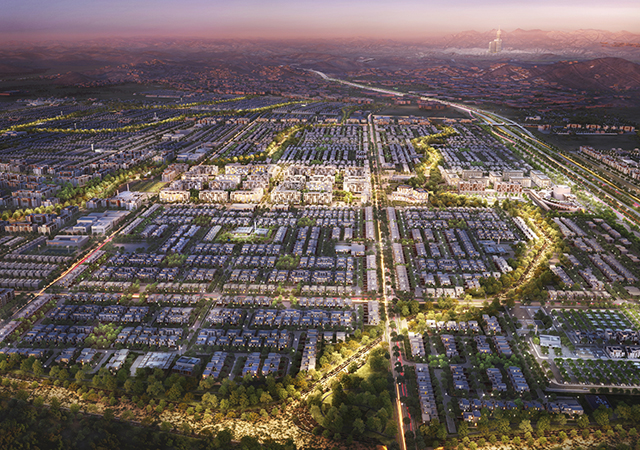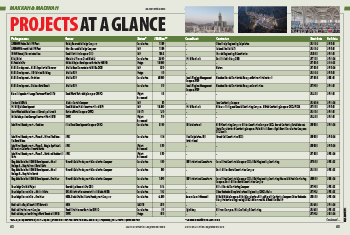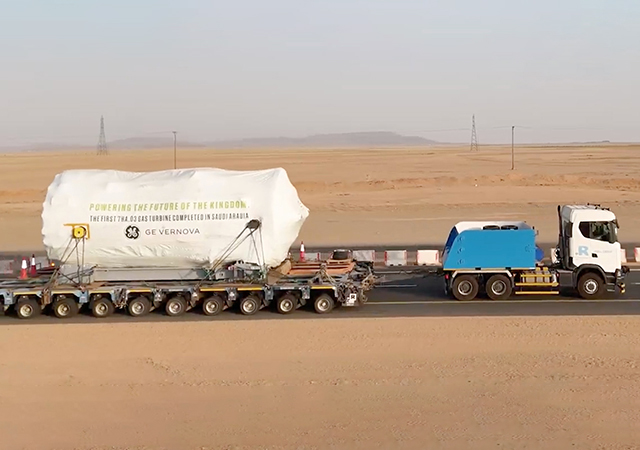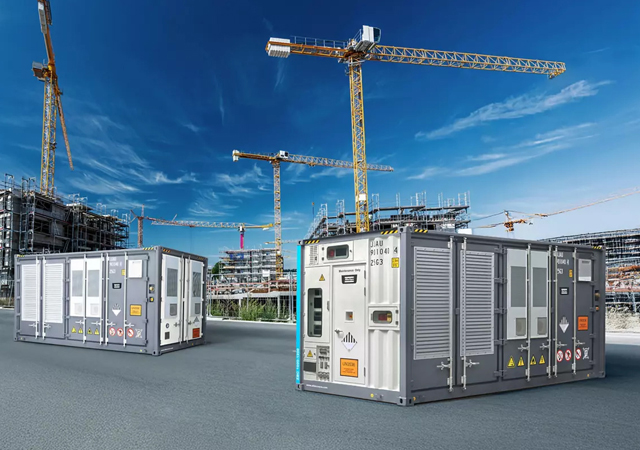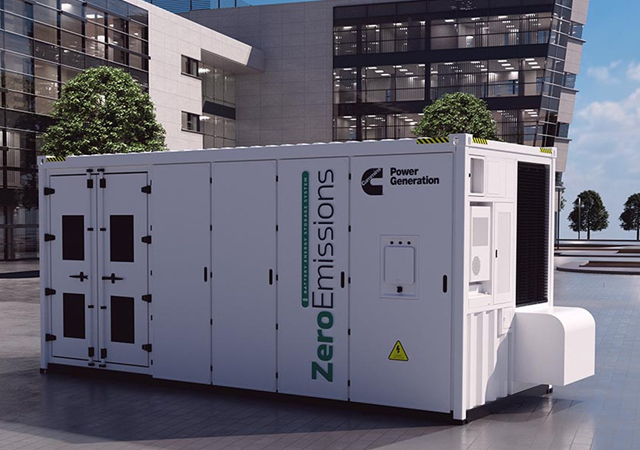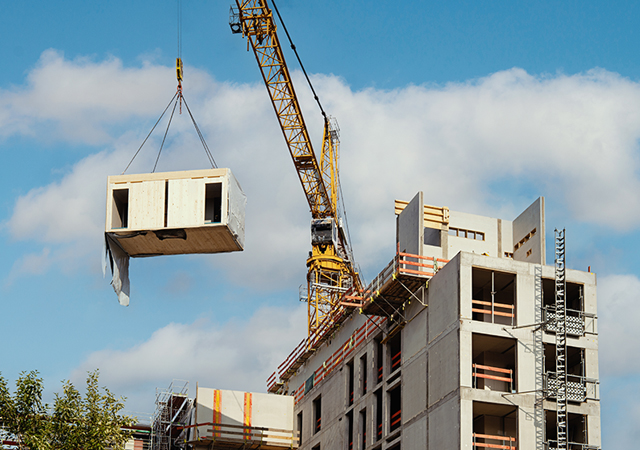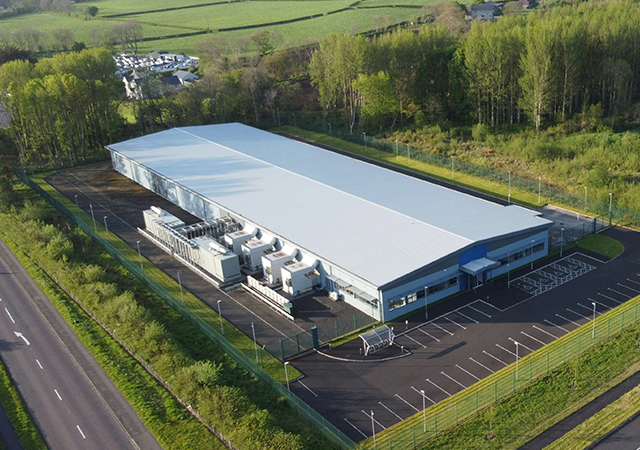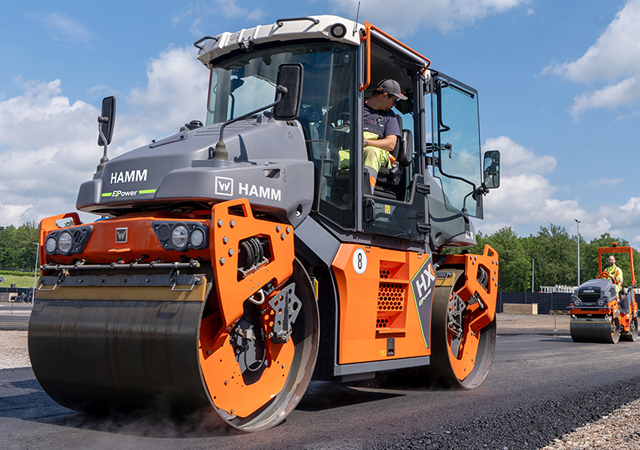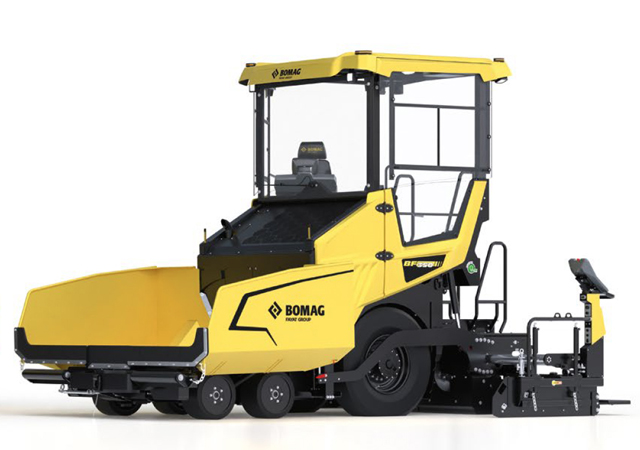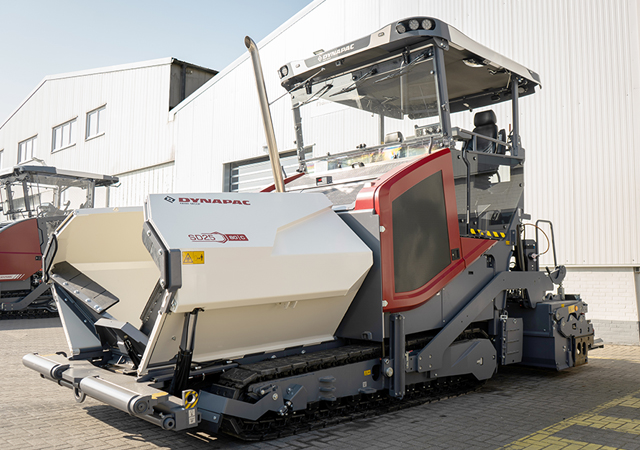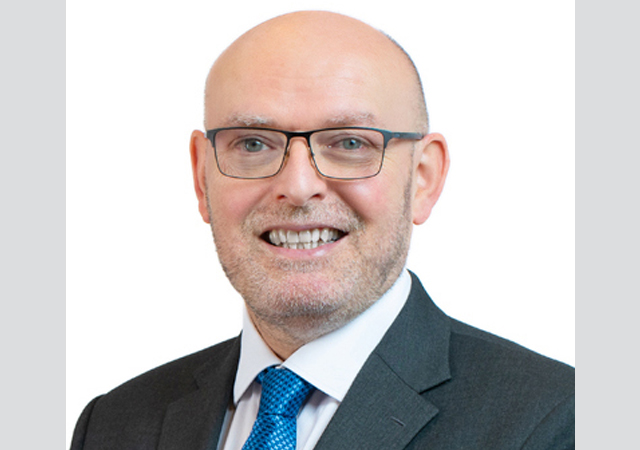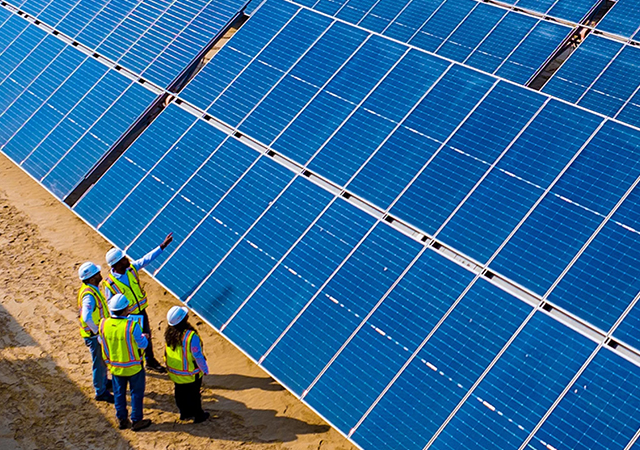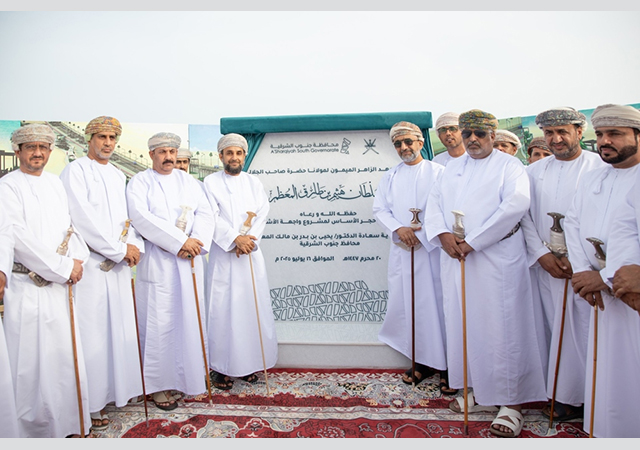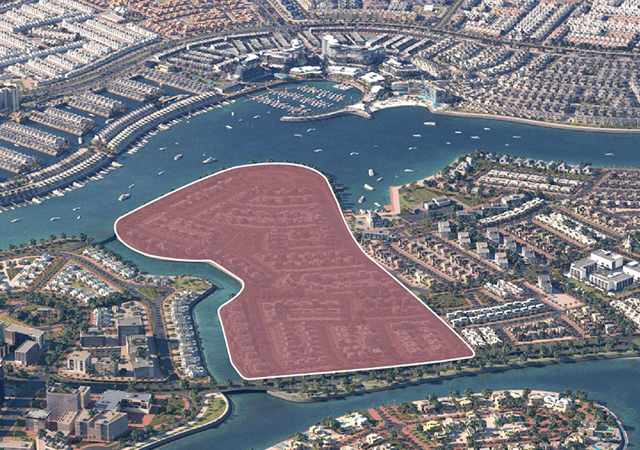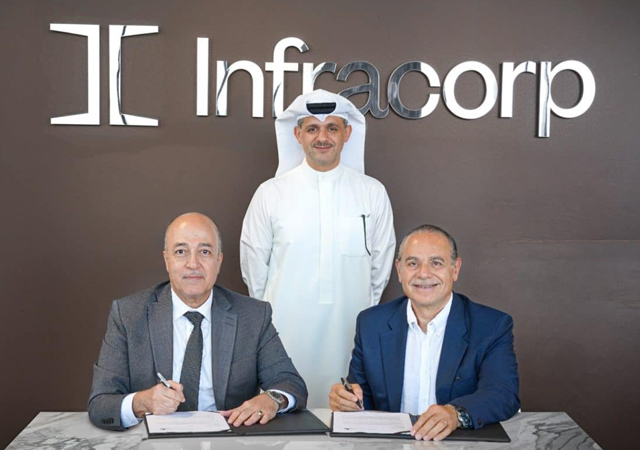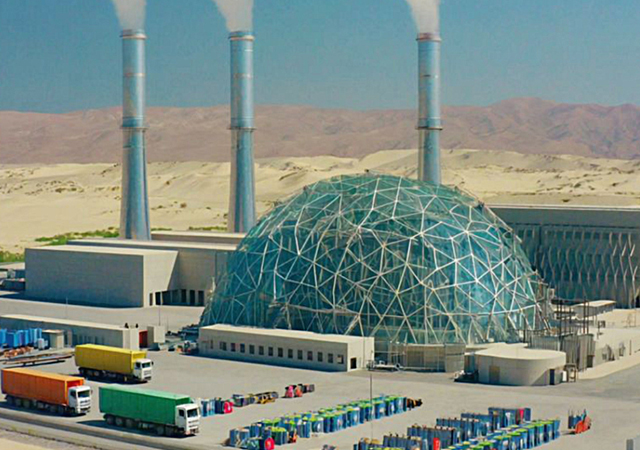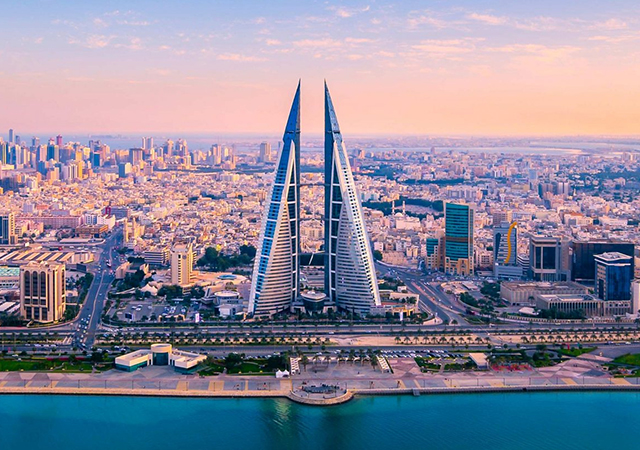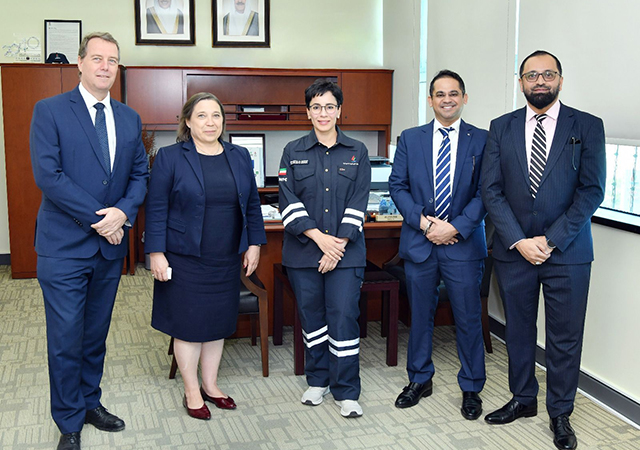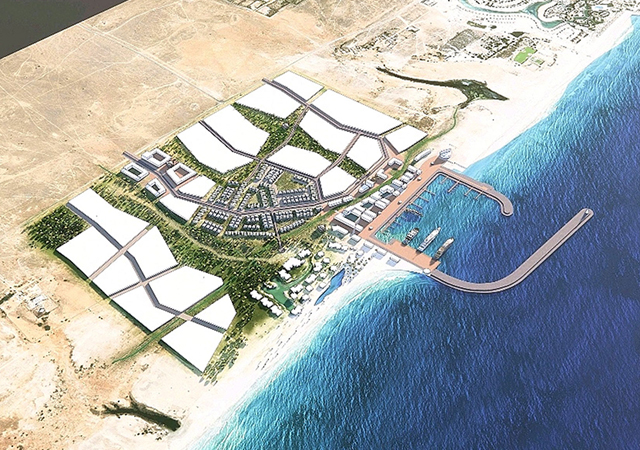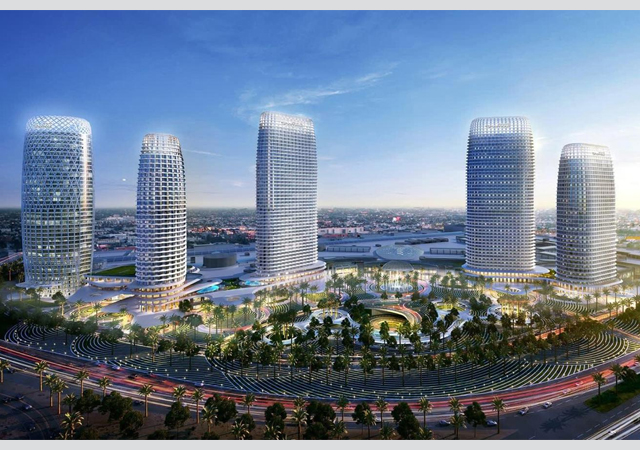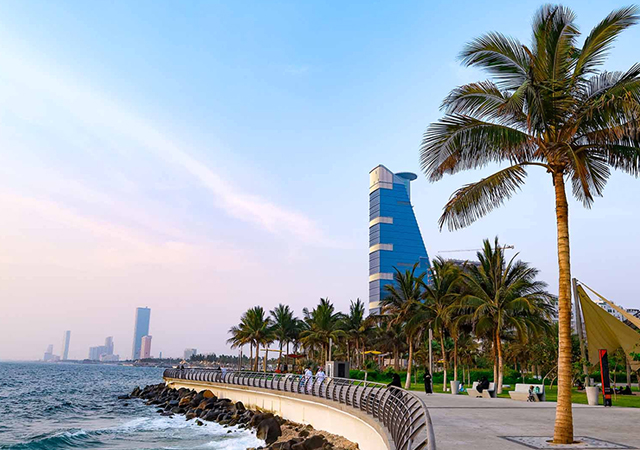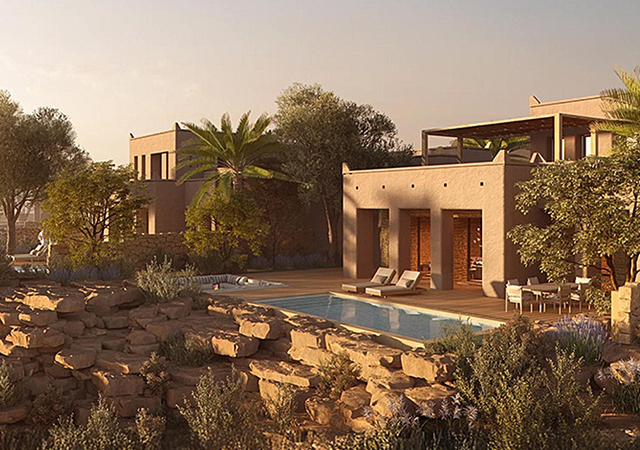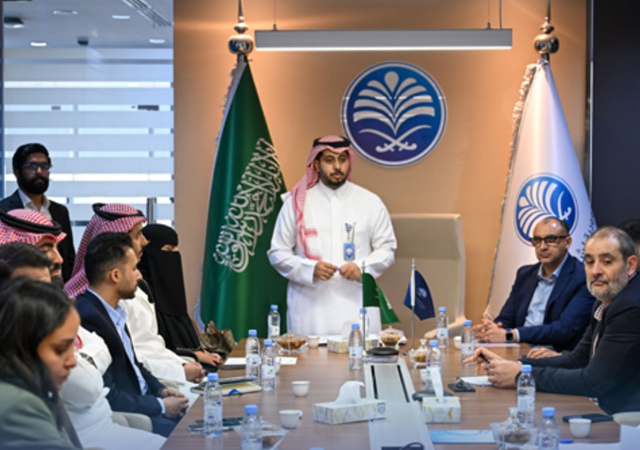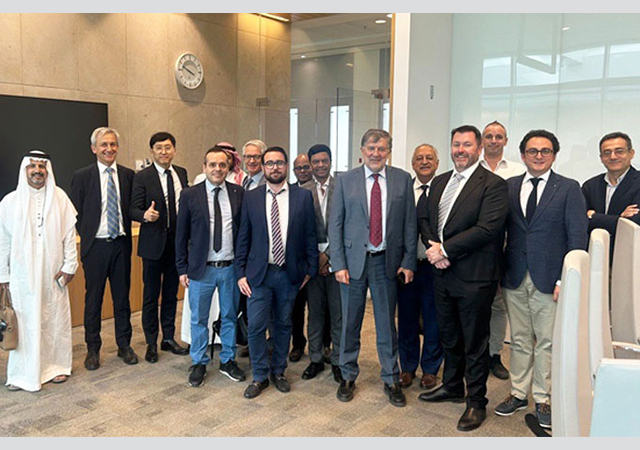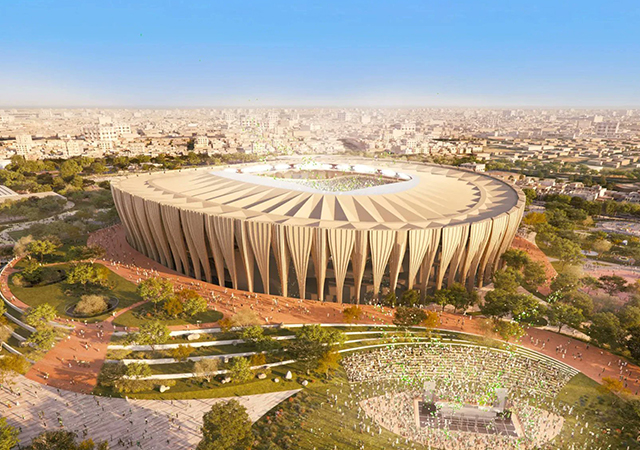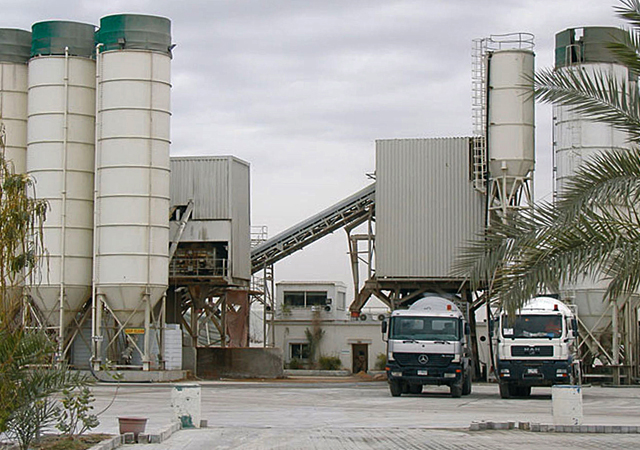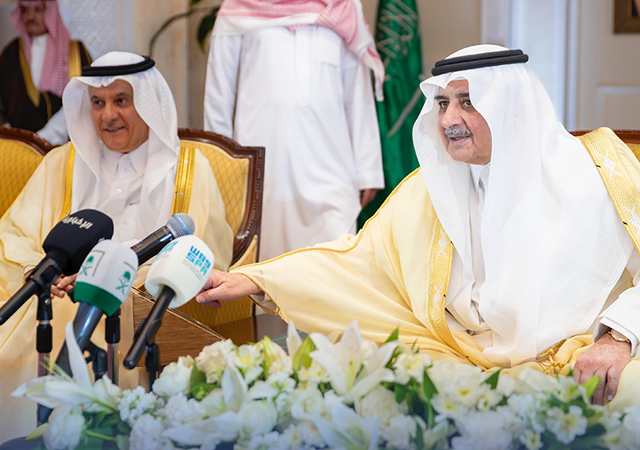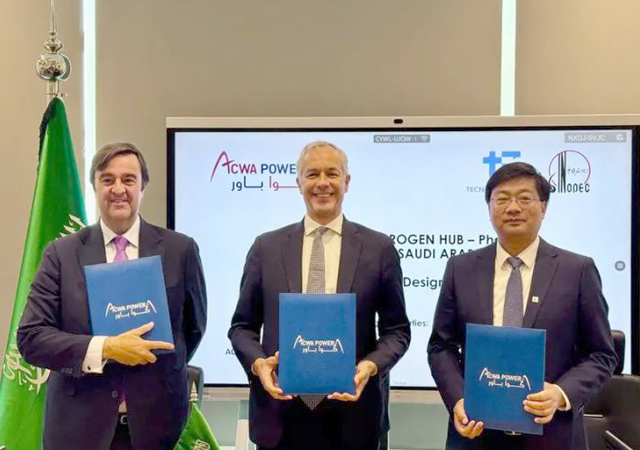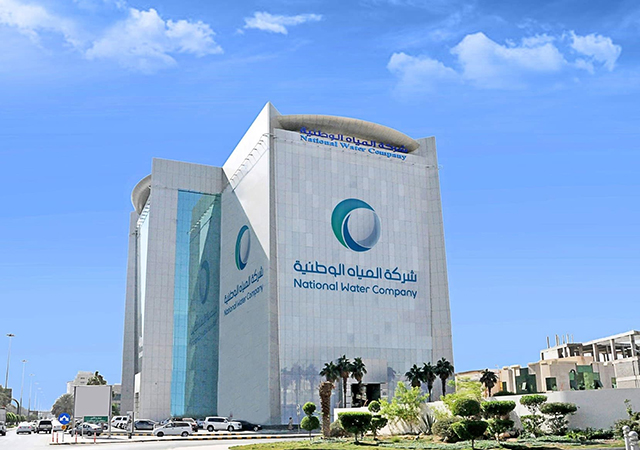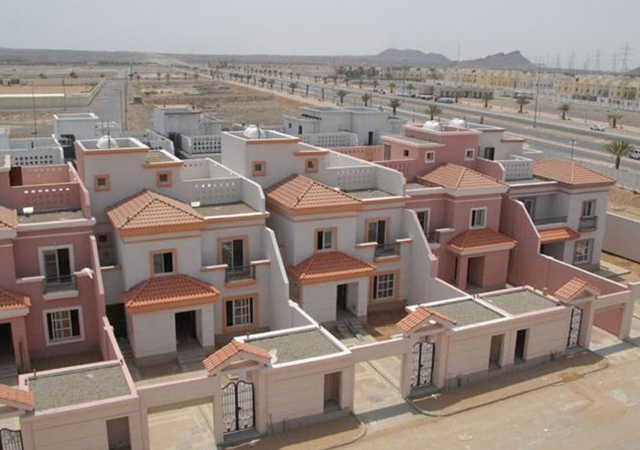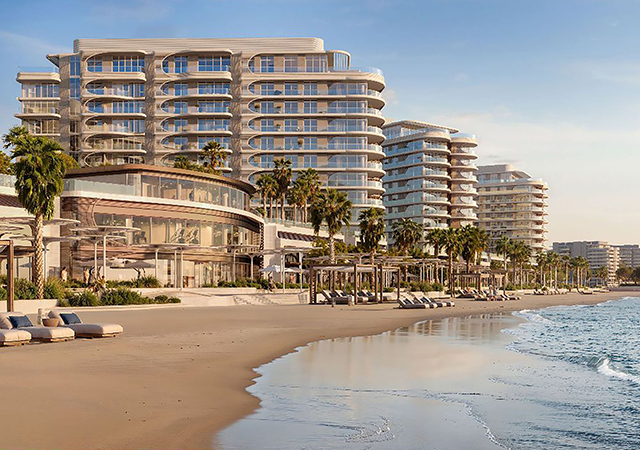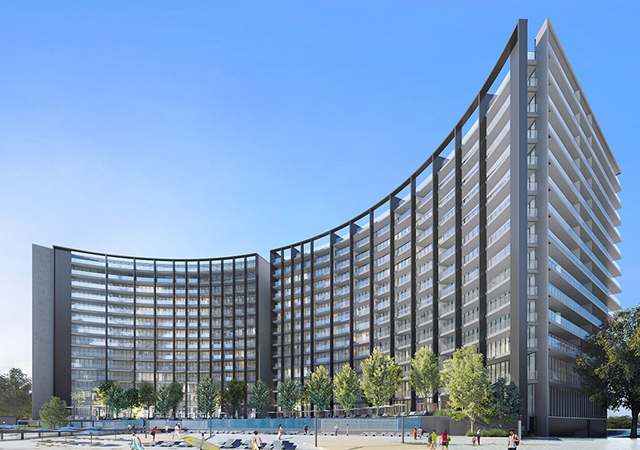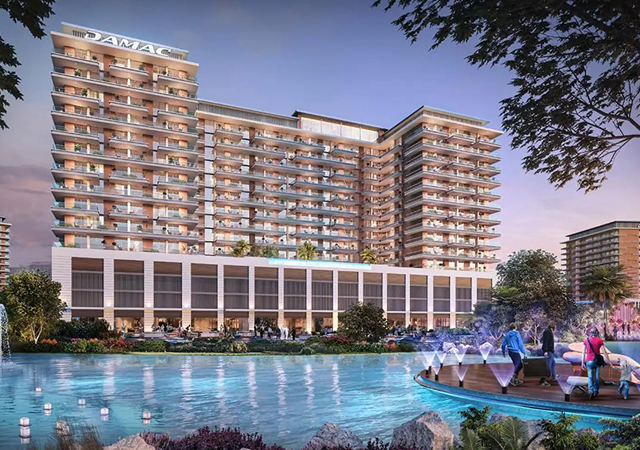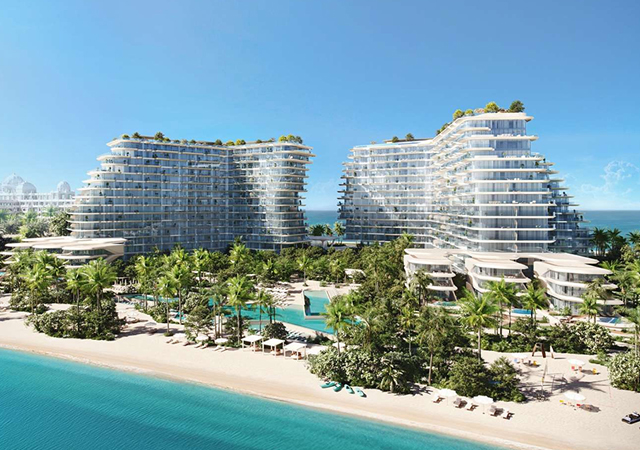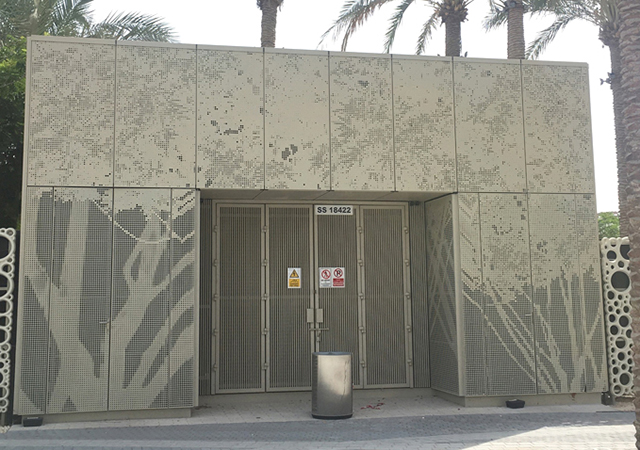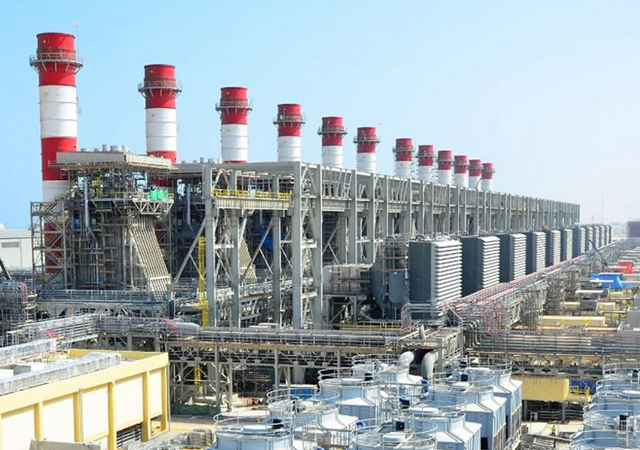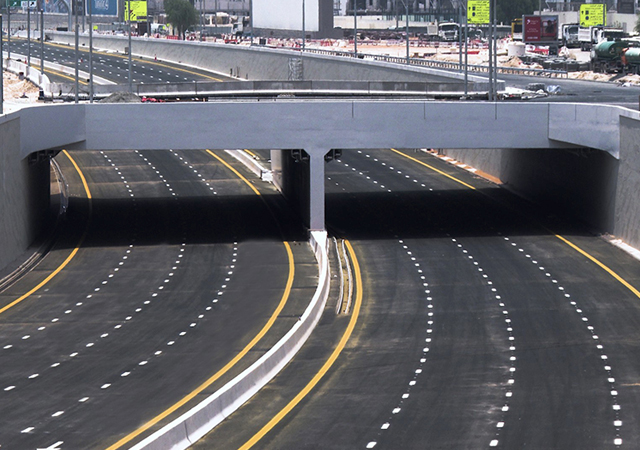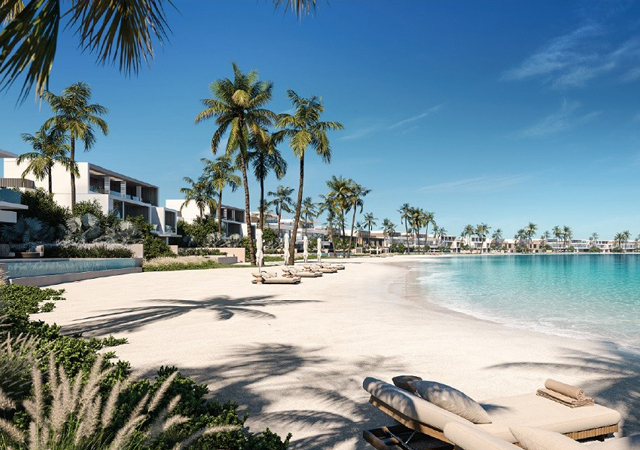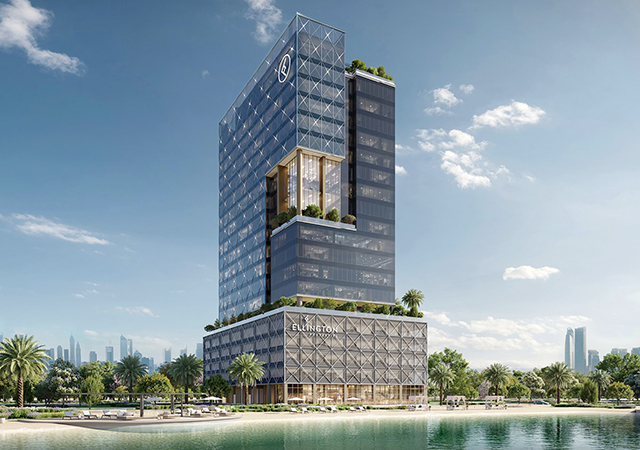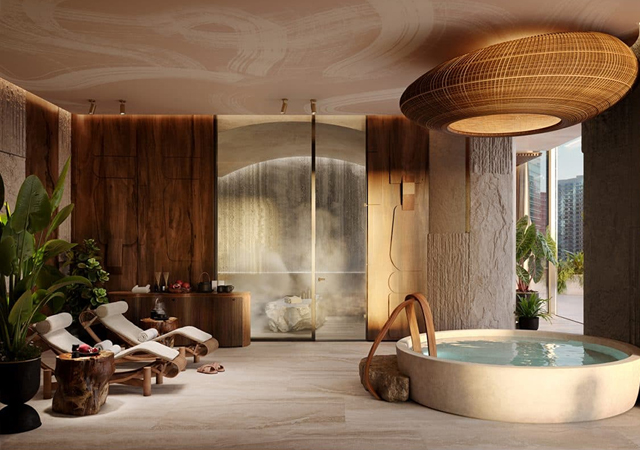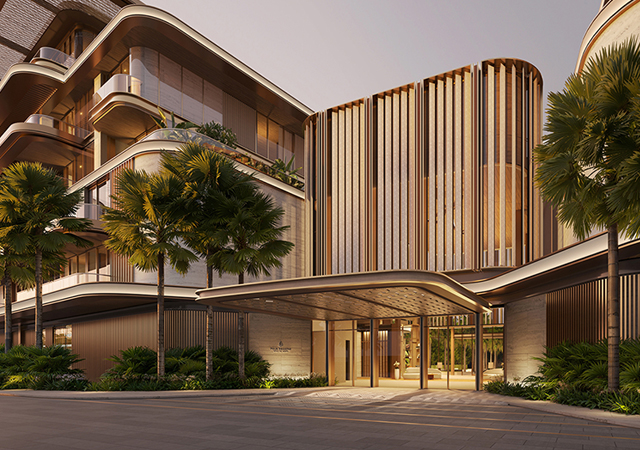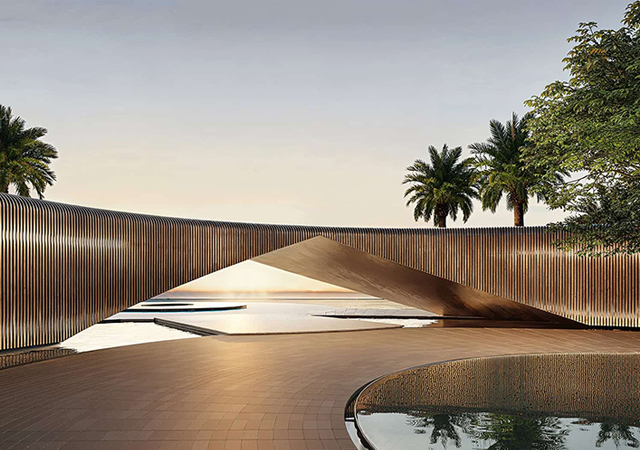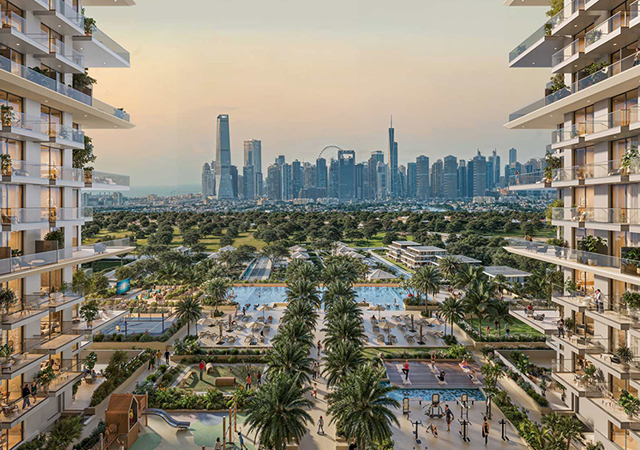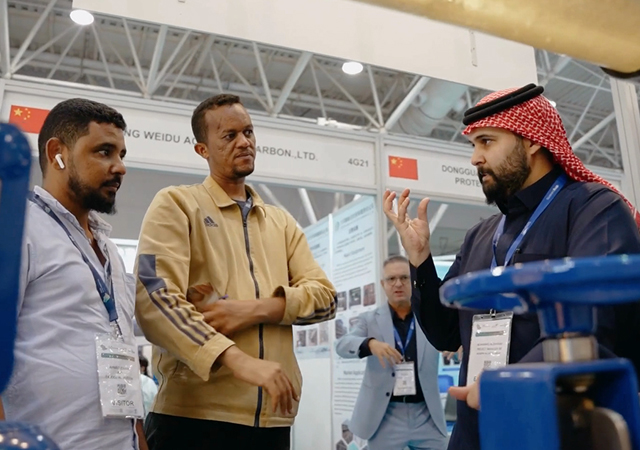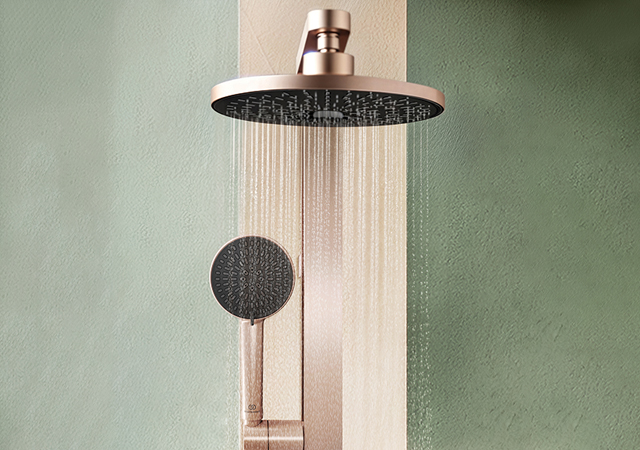 SAS ceilings ... increasingly specified for Middle East building projects.
SAS ceilings ... increasingly specified for Middle East building projects.
WHEN specifying ceilings for a commercial environment, two key market requirements must be taken into account: unique design and high-quality aesthetic appearance.
Another vital criterion is cost, which is on everyone’s mind in the prevailing economic climate. There is a temptation to specify ceiling materials based purely on the initial purchase price, however, when making long-term investments several other factors should be considered such as third-party green ratings, acoustic properties, flexibility of design and ease of maintenance. These are important considerations at the specification stage to meet both client and regulation requirements and can also contribute greatly to lifecycle costs – an increasingly important issue to Middle East clients.
This is where metal ceilings come into their own as they provide a high-quality, functional and attractive solution with low maintenance needs, hence their rising popularity.
Flexibility
Metal ceilings can provide a sleek look, competing on aesthetics and performance qualities while offering a range of benefits, from flexibility of design to durable properties, speed of installation and performance.
Metal ceiling systems provide the flexibility for an aesthetic design to be realised. A choice of panel shapes and lay-in or clip-in options can create a seamless modern look and co-ordinate with metal bulkheads and column casings to form a flush finish. Importantly, panels can be shaped to meet unusual architectural designs while still fitting within the standard ceiling grid for ease of installation.
 |
Clients in the Middle East with architecturally outstanding building require interior systems that can be easily installed while providing the desired finish.
Metal offers an inert and inherently hard-wearing surface, making metal ceiling systems both a hygienic and low-maintenance option over their lifespan, requiring only a simple cleaning routine.
In addition, recent advances mean that metal ceilings can now be provided with anti-bacterial coatings, which are applied during manufacture. Such coatings effectively inhibit the growth of micro-organisms and control potential risk when used in conjunction with routine cleaning procedures. They are suited to various applications including hospitals – a growing sector within the Gulf.
With air-conditioning being an integral part of the region’s buildings, metal ceilings are proven to integrate easily with both new and traditional forms of cooling systems to provide a ‘clean aesthetic’ ceiling while also potentially integrating large quantities of MEP (mechanical, electrical and plumbing) works. Chilled beams, for example, are being increasingly considered in the Middle East as an energy-efficient option for maintaining room comfort. Such beams can be easily integrated into the metal ceiling layout, easing temperature control, overall system design and access for maintenance.
 |
Metal ceiling solutions can also be considered for aesthetic reasons as well as for their durable qualities, long lifespan, easy access and acoustic performance properties. Although acoustic performance has long been cited as a core benefit of alternative ceiling finishes, metal ceiling systems can offer equally strong acoustic performance through the use of perforations and the inclusion of acoustic pads. Room-to-room attenuation can be achieved using a metal ceiling manufactured to 49 dB.
Easy access
With facilities management now well-recognised in the region as key to the long-term use of a building and reduced operational costs, ensuring ease of maintenance for all systems is an essential part of most building designs. Metal ceiling tiles can be pre-cut with apertures for luminaries, fire detection and control systems, where required. Of course, maintenance of many services in today’s workplace environments will be necessary throughout any year, requiring the ceiling void to be regularly accessed. This means there is high demand for durability of the ceiling, as well as minimum disruption. In many commercial environments, minimal disturbance to the workforce is of paramount importance.
One ceiling option for an office environment is a clip-in option with two choices available: downward demountable; and a hinge-and-slide access that ensures minimal disruption. These tiles can be pivoted and slid within the suspension system to provide access to large areas of the ceiling void for maintenance – up to 1.5-m-wide along the length of the ceiling system. Tiles are retained within the suspension grid to avoid any potential damage caused by removing tiles from the grid system and temporary storage on the floor.
Lay-in metal ceiling systems can be aesthetically customised by utilising differing exposed grid and profile suspension options designed to specification and catering to aesthetic and functionality demands. Linear grid systems offer increased design flexibility and are generally manufactured to the building planning grid.
Metal ceilings are polyester powder-coated and are not susceptible to the paint chipping and accidental damage normally associated with alternative ceiling finishes. Less wastage and speed of installation are key benefits for a fit-out.
Suspended metal ceilings can also feature a thread for easy partition integration. This enables partitioning to be easily fixed and relocated without causing damage to the ceiling. The additional room comfort benefits that can also be provided with these systems make them a functional and stylish finish for modern developments.
Cost savings
Getting to the crux of the matter – lifespan and cost savings – research conducted by SAS International, in conjunction with an independent quantity surveying practice, into the overall lifetime cost of alternative ceiling finishes, comparing them with metal ceilings over an expected lifetime, has shown substantial cost savings. Based on a 20-year period, it was concluded that projected real cost savings of 47 per cent are achievable by specifying metal ceilings.
SAS International is a world leader in the design and manufacture of metal ceiling. Its metal ceilings have a lifespan is in excess of 25 years, with only basic maintenance needed. The cost saving potential of metal ceiling systems add up when the costs of maintenance, replacement, refitting and disposal of other tiles are taken into account.
With such potential benefits, metal ceiling systems are increasingly being specified for Middle East building projects in many different sectors. For example, SAS International has provided metal ceiling solutions to projects as diverse as Masdar City and Aldar’s HQ in Abu Dhabi, UAE, and the Qatar Science and Technology Park in Qatar.
Given the growing demand for quality and value for money in the region, the application of such systems is sure to increase and architects and contractors can ensure that their design and performance specifications are met by working closely with manufacturers such as SAS International.





